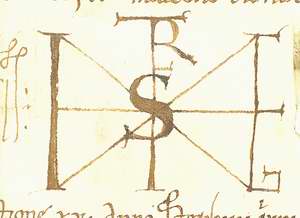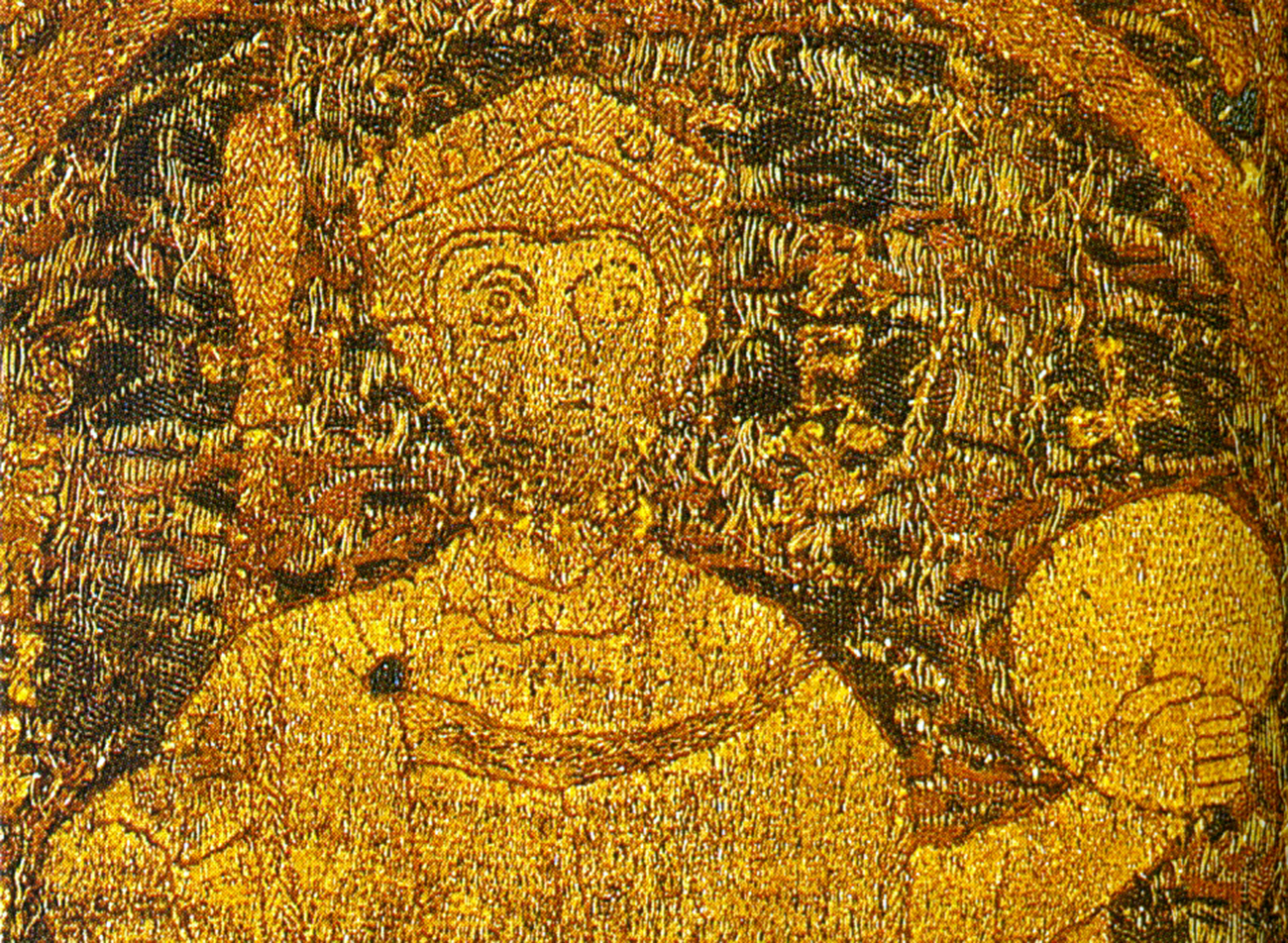On Aug. 20 this year, Hungary celebrates 1,020 (or 1,021, according to other historians) years of Christian statehood.
One of the oldest Christian states in Europe and the world, Hungary was born after a bloody succession war between pagan-born Vajk (975-1,038) who converted to Christianity at an unknown date as István (Stephen), and his relative Koppány.
Stephen was crowned King of Hungary either on Dec. 25 on the year 1,000, or on Jan. 1, 1,001. He ruled the country for 38 years, establishing the county system organized around fortresses which survives to this day.
He also founded one archbishopric, six bishoprics and three Benedictine monasteries, both as proof of his Christian faith and his efforts to steer Hungary away from the influence of the Holy Roman Empire.

Under his rule, Hungary enjoyed a lasting period of peace and prosperity until his death on Aug. 15, 1038. Towards the end of his reign, he was forced to wage war against the expansionist foreign policy of Conrad II, crowned Holy Roman Emperor in 1,024 and eventually repelled the German incursions.
He was canonized by Pope Gregory in 1,083. The first Hungarian Christian monarch’s house of Árpád survived for three subsequent centuries. Stephen’s biggest tragedy was that both of his at least two sons died before him, eventually plunging Hungary into yet another bloody succession war following his death.
According to the now predominant consensus among historians, Stephen received his crown from Pope Sylvester II, but only after the approval of Holy Roman Emperor Otto III, King of Germany since the age of three. One might justifiably argue that precious little has changed in the intervening millennium.
Title image: Kong Stephen I. as depicted on the 1,031 coronation pall.






